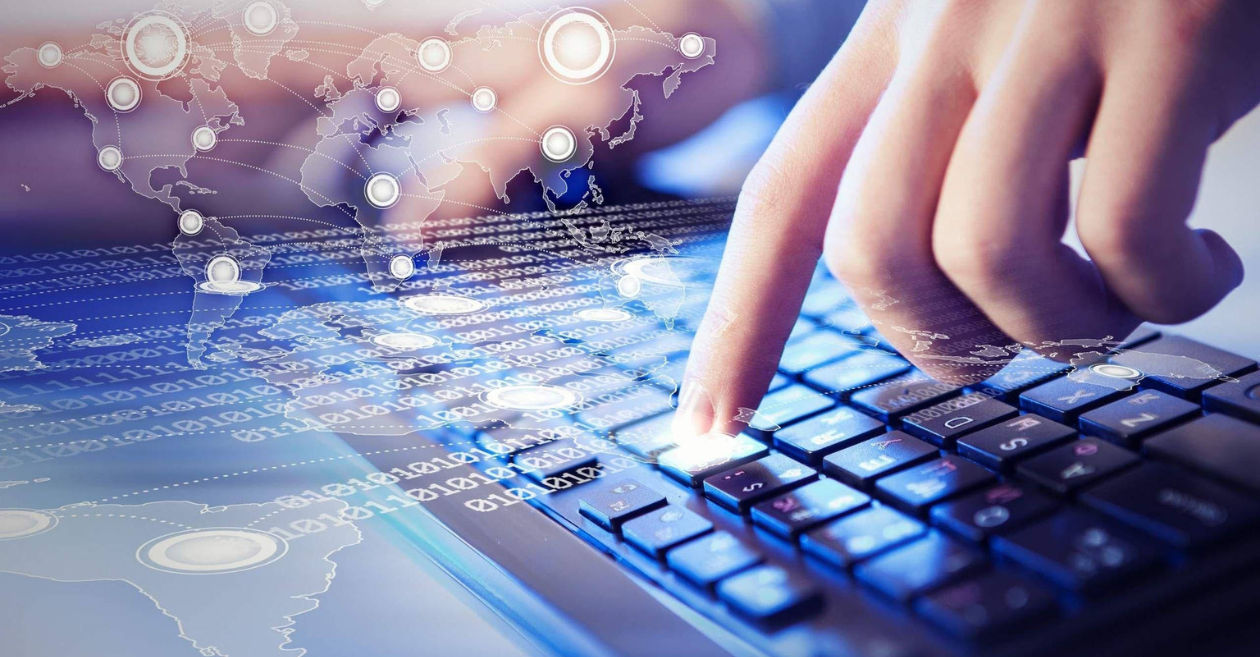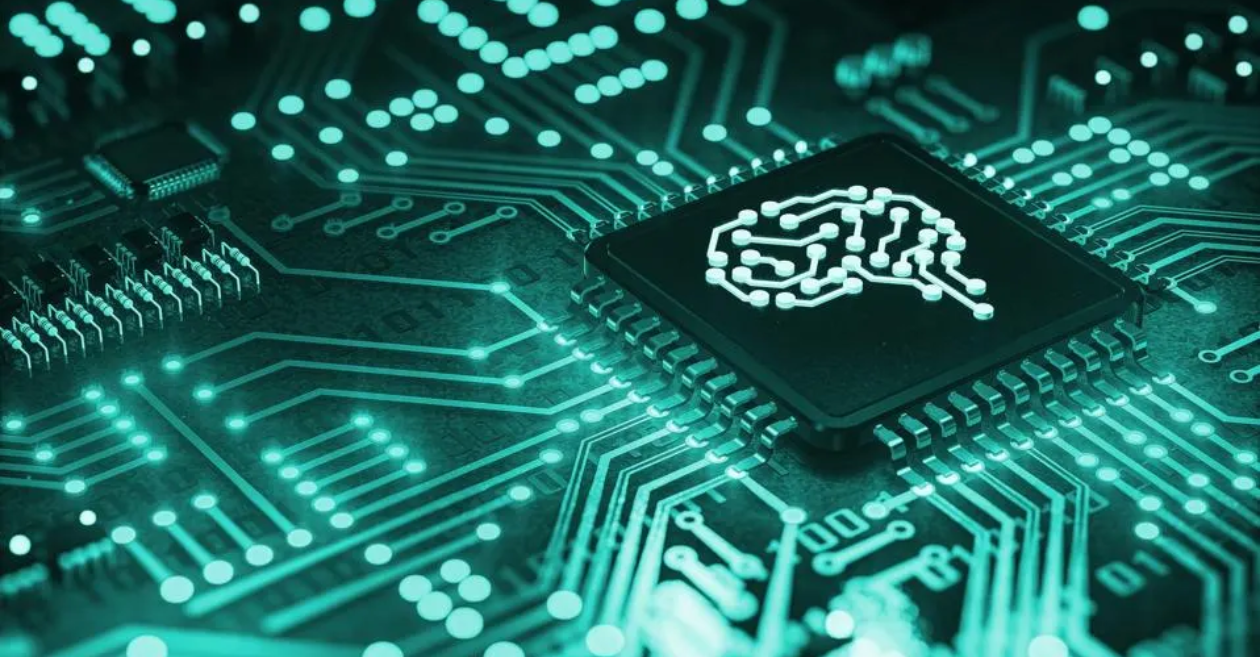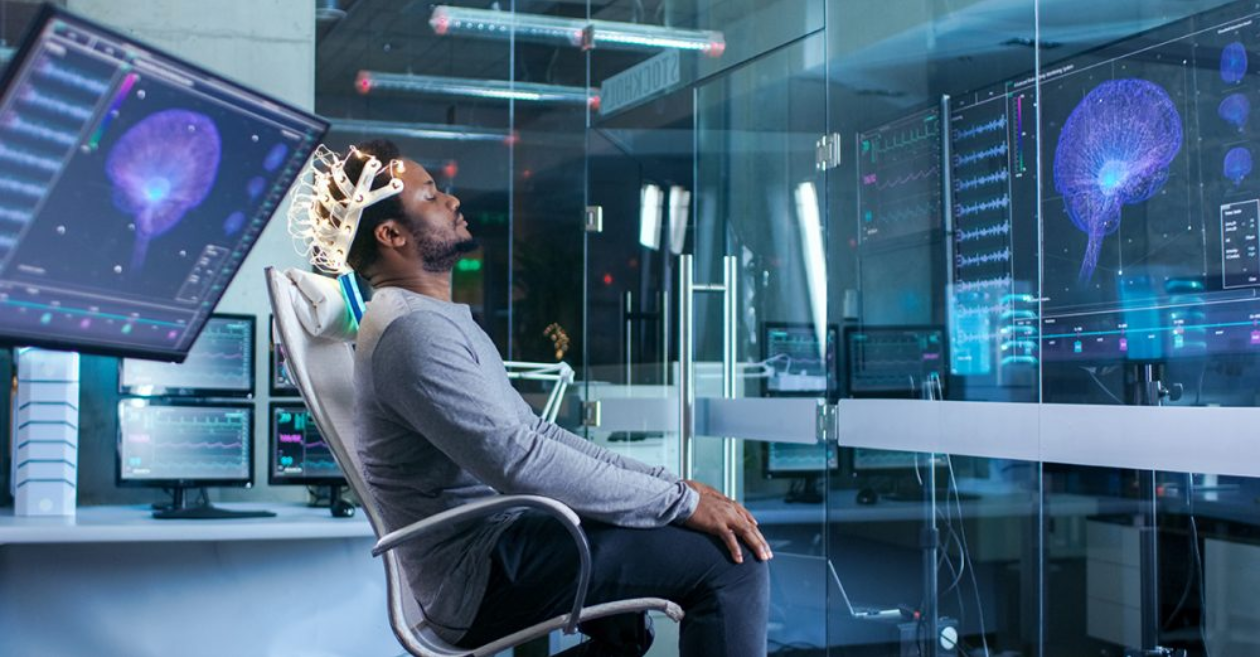


In the fast-paced world we live in, where technology is an integral part of our daily lives, understanding the essence of computer and information technology has become more crucial than ever. This blog aims to demystify the realm of computers and information technology, providing a simple yet comprehensive guide to what it's truly about.
People Also Read: Milei's Policies for a Bold Tomorrow
A computer, in its simplest form, is an electronic device that processes data to perform various tasks. From the personal computer on your desk to the sophisticated servers in data centers, computers come in diverse shapes and sizes, each serving a unique purpose.
Information Technology (IT) encompasses the use of computers and software to manage, store, retrieve, transmit, and manipulate data. In essence, it's the backbone of our interconnected digital world.
Central Processing Unit (CPU): Often referred to as the brain of the computer, the CPU carries out instructions and processes data.
Memory (RAM): Provides temporary storage for data and programs actively being used by the CPU.
Storage Devices: These devices (hard drives, SSDs) store data permanently, even when the computer is powered off.
Operating Systems: Examples include Windows, macOS, and Linux, acting as a bridge between hardware and software.
Applications: From word processors to games, applications are software designed for specific tasks.
Browsing: Web browsers like Chrome, Firefox, and Safari allow users to explore the vast expanse of the internet.
Websites and Servers: Information is stored on servers, accessed by users through websites.
Email: Electronic mail revolutionized communication, enabling instant written correspondence globally.
Social Media: Platforms like Facebook, Twitter, and Instagram connect people worldwide.
Online Payments: Convenient transactions through online banking and payment gateways.
Digital IDs: Government-issued digital IDs streamline authentication processes.
Online Shopping: Platforms like Amazon and eBay provide a virtual marketplace.
Digital Wallets: Secure and quick payment methods, transforming financial transactions.
A Glimpse into IT Statistics
| Category | Statistics |
| Global Internet Users | 4.9 Billion (2022) |
| Mobile Phone Users | 6.4 Billion (2022) |
| E-Commerce Revenue | $4.28 Trillion (2022) |
| Data Created Every Minute | 500,000 Tweets, 300 Hours of YouTube Videos |
| Cybersecurity Spending | $173 Billion (2022) |
Machine Learning: Computers learn and improve performance without explicit programming.
Robotics: Automated systems and robots performing tasks traditionally done by humans.
Decentralized Systems: Distributed ledgers enhancing transparency and security.
Cryptocurrencies: Digital currencies like Bitcoin and Ethereum revolutionizing finance.
As we navigate through this era of rapid technological advancement, understanding what computer and information technology is about empowers us to thrive in the digital age. From the hardware we touch to the software we interact with, IT is the invisible force shaping our world.
Whether you're a tech enthusiast or someone looking to make sense of the digital landscape, embracing the basics of computer and information technology opens the door to a world of possibilities. So, dive into the digital realm with confidence, armed with the knowledge of what truly makes our technological world tick.
Hardware constitutes the physical components of a computer, such as the CPU, memory, and storage devices, while software refers to the programs and applications that run on the hardware, enabling it to perform specific tasks.
Information Technology plays a pivotal role in daily life through e-government services, e-commerce, and communication technologies. From online payments to social media interactions, IT has transformed the way we communicate, shop, and access services.
The World Wide Web (WWW) is the virtual space on the internet where information is stored and accessed through websites. Web browsers like Chrome and Firefox allow users to explore this vast digital landscape, making the internet an integral part of our online experience.
As of 2022, there are approximately 4.9 billion internet users and 6.4 billion mobile phone users worldwide. E-commerce revenue stands at a staggering $4.28 trillion, emphasizing the immense impact of Information Technology on our interconnected global society.
Artificial Intelligence (AI) is revolutionizing technology by enabling machines to learn and improve without explicit programming. Machine learning and robotics are key components of AI, paving the way for automated systems and intelligent devices that can perform tasks traditionally done by humans.

Are you looking for a comfortable and

In a world full of amazing technology

In today's fast-moving tech world, Br

In the world of utilities, EPCOR shin

In the confusing world of money and i

In a world where danger feels close,
Trash to treasure: How Google thinks
Spring Fashion Show at the University
Matter of Impact: April updates from
Android Enterprise security delivers
We are not gonna make spamming
Copyright By@TheWebTrends - 2023
BACK TO TOP